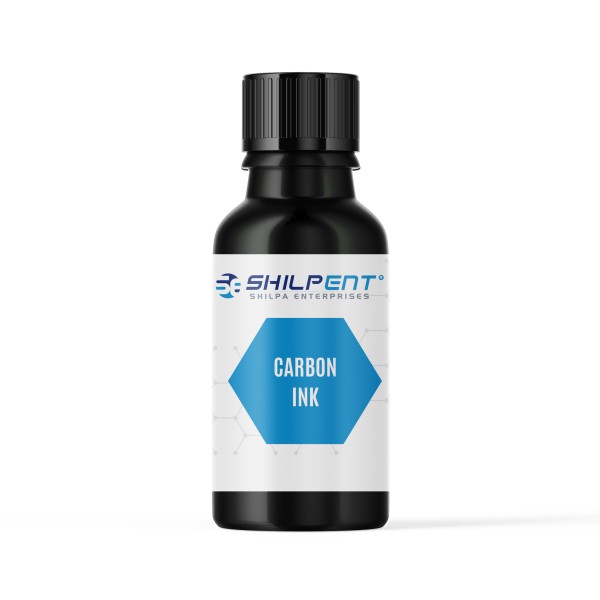





Carbon ink is one of the most adaptable and common materials in printed and plastic electronics. This is because carbon itself may take on various forms, each of which has unique physical characteristics. Among others, carbon can be found in its most prevalent forms in graphite, diamond, carbon black, activated carbons, graphene, and carbon nanotubes. Different types of carbon used to make ink each have unique and varied qualities that are influenced by the type of carbon used to make the ink.
Because of its lubricious nature, the ink has excellent thermal stability and low friction. Additionally, they have a low reactivity to solvents and other compounds and are chemically inert. Our carbon conductive ink has exceptional adherence to glass, Kapton, Mylar, and many other substrates, and they may be applied by screen printing, dipping, and syringe dispensing. The ink is highly resistant to abrasion, scratching, flexing, and creasing in contrast to traditional conductive materials. Carbon conductive ink must be functionalized to function as gas sensors or biological sensors with good selectivity. Amorphous carbon, the base material for carbon black ink, can be an excellent electrical conductor but has poor thermal conductivity. On the other hand, activated carbons have high surface areas and produce carbon ink suitable for electrodes in electrochemical cells, including batteries, supercapacitors, and electrochemical sensors.
Our product is an aqueous paste of fine carbon particle formulation makes it appropriate for high-resolution printing and deposition, producing consistent, smooth, and high-quality films. The produced films offer outstanding mechanical characteristics, flexibility, and moisture and humidity resistance. Heating between room temperature and 150°C is used to cure.
It is ideal for printing on flexible surfaces like paper, textiles, polymer films, and many more. It is beneficial for manufacturing conductive tracks, capacitive sensors, antennas, electromagnetic shielding coatings, photovoltaic coatings, and wearable electronics components.
The product is helpful for Biomedical sensors, membrane touch switches, aerospace, printed heaters, automotive, electrodes, printed resistors, keyboards, thin-film photovoltaics, and perovskite solar cells. The product explores usage in wearable technology that is stretchy and washable, as well as encapsulants and adhesives.
When exposed to excessive water, the ink may smudge or spill on certain paper types. For optimal results, use absorbent paper and let it cure for 24 hours before introducing it to water.
This ink includes pigment particles that, if allowed to dry within a pen, can cause blockage. When using the product, we recommend cleaning your equipment/pens every 4 to 6 weeks or if you are not going to use it for a week or more.
Shilpa Enterprises is well known for its high standard of service and competitive pricing. We produce Carbon ink of the highest caliber, which is perfect for R&D projects. With more than ten years of expertise in the chemical industry, our staff is among the best on the market. To meet our customer's needs, we offer product customization on demand. We are skilled at meeting global quality standards because we have a specialist QA staff. Our professionals provide product guidance and support to clients 24 seven. We accept orders in bulk or individual quantity. The product is available in 50ml, 100ml, 250ml, 500ml, and 1L pack sizes. Working with us will guarantee your entire satisfaction. We can ship our products to any location in the world. Contact us to place orders or learn more about our products through our contact page.